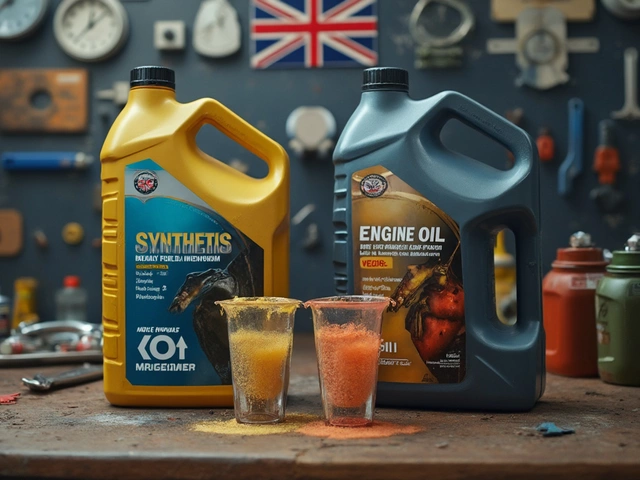How Many Miles Can a Car Radiator Last?
If you’ve ever wondered whether your radiator is getting close to the end of its road life, you’re not alone. Radiators don’t have a set mileage like a clutch or a battery, but most owners see them last somewhere between 80,000 and 150,000 miles. Knowing the signs of wear and a few easy upkeep steps can push that number higher and save you a costly repair.
What Affects Radiator Longevity?
Several everyday factors decide how long your radiator will keep the engine cool. Heat‑cycle stress is the biggest player – every time the engine heats up and cools down, the metal expands and contracts. Over time that fatigue can cause cracks or leaks. Corrosive coolant, especially if you skip regular flushes, eats away at the radiator’s inner tubes. Driving in salty coastal areas or where road salt is used in winter also speeds up corrosion.
Other things that matter are the quality of the radiator itself and how hard you push the engine. High‑performance cars often need upgraded radiators that can handle extra heat, while a basic commuter model can get by with a standard unit if you keep the cooling system clean.
How to Spot a Failing Radiator Early
Catch a problem before it blows up the engine. Look out for these tell‑tale signs:
- Coolant leaks under the car – a green, orange, or pink puddle means the radiator or hoses are compromised.
- Engine temperature gauge staying in the red zone or the warning light flashing.
- Steam coming from the front of the car, especially when the heater is on.
- Sudden drops in coolant level after a short drive.
- Unusual noises like a hissing sound that changes with engine speed.
If you notice any of these, get the radiator checked right away. Ignoring the warning can lead to overheating, warped heads, or a total engine failure.
Simple Maintenance to Add Miles
Regular care can add tens of thousands of miles to your radiator’s life. Here’s a quick checklist you can follow:
- Check coolant level and condition every month. The fluid should be clean, bright, and at the proper level.
- Flush and replace coolant as the manufacturer recommends – usually every 30,000 miles or two years.
- Inspect the radiator and hoses for cracks, swelling, or loose clamps during every oil change.
- Keep the front of the car clean. Dirt, bugs, and debris can block airflow and cause the radiator to work harder.
- Use the correct type of coolant for your vehicle. Mixing the wrong formulas can cause gelling or corrosion.
These small steps cost little time but pay off big when you avoid an unexpected breakdown.
When It’s Time to Replace
Even with the best care, radiators eventually wear out. If you see a persistent leak, the core is cracked, or the cooling system can’t hold pressure, replacement is the safest route. Most garages charge between £150 and £300 for parts and labor, but the price can rise if you need additional components like the thermostat or water pump.
Northwich Tyres Centre can fit a new radiator, perform a full cooling system flush, and run a pressure test to confirm everything’s sealed. Their team knows the local climate challenges, so they’ll recommend a radiator that handles both hot summer days and winter salt.
Bottom line: expect a typical radiator to survive 80‑150 k miles if you keep the coolant fresh, watch for leaks, and protect it from corrosion. Stay on top of those simple checks, and you’ll keep your engine cool and your wallet happy for many more miles on the road.
 23 July 2025
23 July 2025
How Many Miles Do Car Radiators Last? Lifespan, Maintenance & Replacement Tips
Wondering how many miles car radiators last? Learn about radiator lifespans, factors shortening the duration, and smart ways to keep your cooling system healthy.
Latest Posts
-

How Do I Know What Size Exhaust I Need? Straightforward Guide for Perfect Fit
-

Is Synthetic Oil the Same as Engine Oil? What You Really Need to Know
-

Cold Air Intake: How Much HP Does It Really Add?
-

Should I Drive with a Bad Fuel Pump? Risks, Signs, and What to Do Now
-

What Color is Bad Engine Oil? Understanding the Signs of Trouble

0